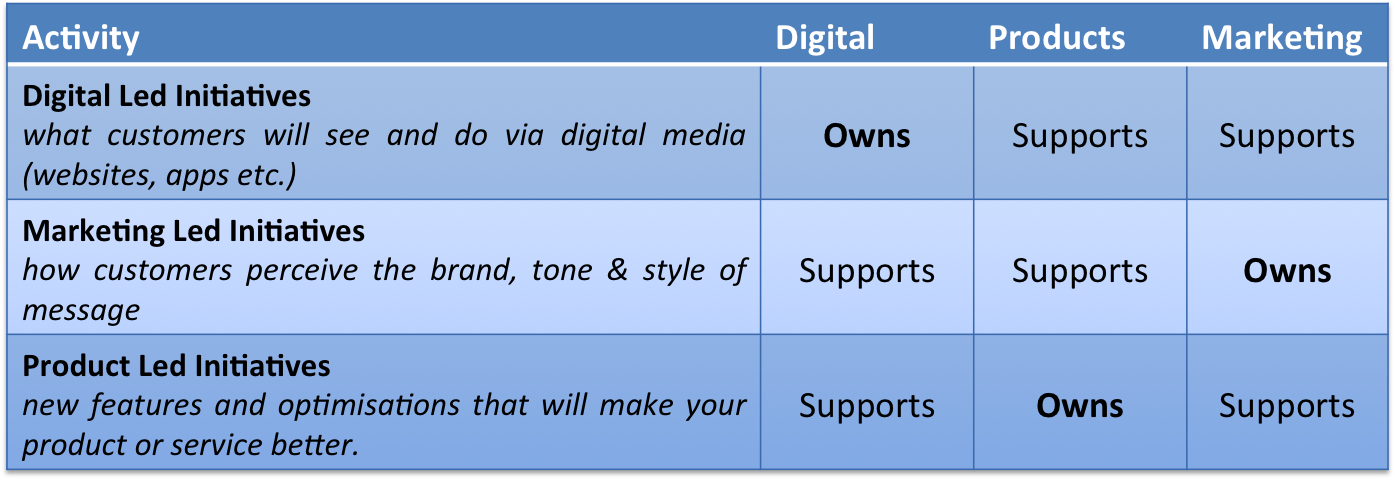Content marketing is the new buzz word for digital marketers everywhere. But, for any organisation that does not have a clear content marketing strategy, how would one begin?
eConsultancy published an excellent article on Aug 27, which introduced the
Content Marketing Team Matrix. If an organisation is serious about content marketing, then most of those roles need to be dedicated positions with their digital marketing team.
Obviously, all of the 16 roles would not exist on day one.
So, what is the minimal viable product for content marketing? Three clear priorities emerge:
1.
Content - There must be some resources dedicated to creating great content. It is the fuel that keeps the engine running.
2.
Data - Any efforts must be measured and fed back towards creating better content. We need people to measure the response that any live content generated, who it attracted and how they engaged.
3.
Community Management - Someone needs to oversee that regular content is being delivered to the different customer communities. In the absence of a CCO (Chief Content Officer), you may want to begin with a team of community managers that can ensure the whole process works efficiently end-to-end.
Content is the most important part of the three, I can't stress it enough.
And if the processes you begin with revolve around delivering great content, then it may look like this. This is my
Content Consumption Workflow, that can be the starting point for a content marketing team.
The most important roles in this workflow (in decreasing order of priority) are:
1.
Content Creators - these are the people who can pull together internal and external content that your audience will find interesting and exciting.
2.
Community Manager - The community manager gets this content to their community, which is made up of customers, non-customers and influencers. They can also play the role of content producer in the early days.
3.
Listener - Your listener is also your data person. Their responsibility is to measure the responses from the live content and ensure the insights are making it back to the content creators. And that feedback is hopefully generating better content going forward.
4.
Producer (optional) - The producer makes sure the content has the right format and look-and-feel. They will liaise with the community managers and make sure they are handed ready to publish content.
5.
Curator (optional) - This role is really needed once you are generating a serious amount of content. They will be responsible for ensure the right content is passed on to the community managers that would find it most valuable.
Creating your process this way ensures that you have the right focus from day one - getting great content out there. Eventually, this will become more sophisticated over time and one day you will need an optimiser, data scientist, CCO etc. But for most of us, this should get the ball rolling quite nicely indeed.




